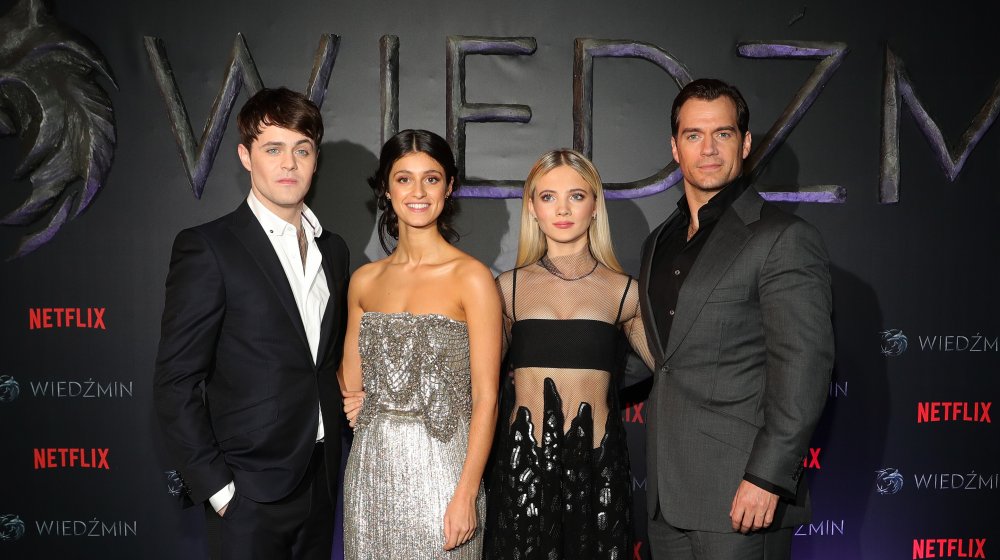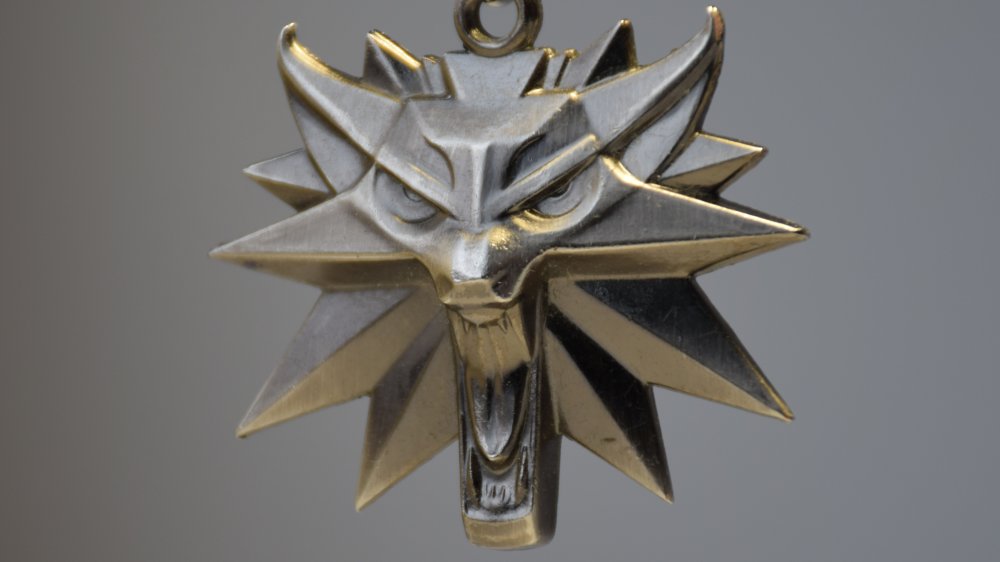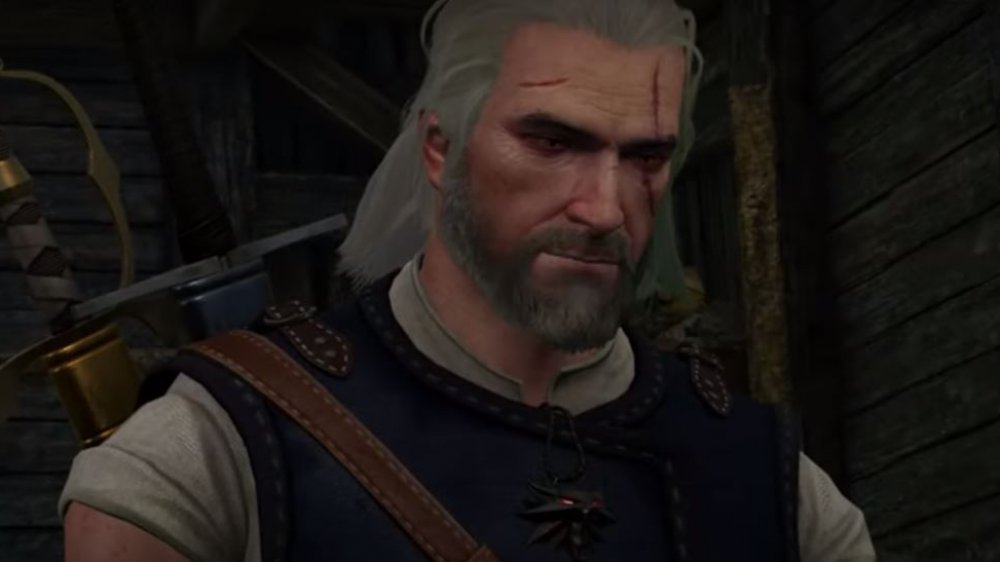Everything You Missed In The Witcher's First Episode
Netflix's The Witcher contains a lot of small details for those who have read the books or played the games. The first episode alone has many callbacks that you may have missed.
Most obvious, of course, is that there are two important characters missing: the sorceress Yennefer, and the bard Jaskier (or Dandelion in the English translation of the books, and the games). This is because their introduction comes later in the show. Speaking of Yennefer, some of the dialogue in the first episode is lifted directly from the book of short stories called The Last Wish, featuring Yennefer and Geralt's encounter with a djinn, which doesn't occur until the series' sixth episode. The Last Wish also includes the story of Renfri, from the first episode, as well as telling the legend of how Geralt became known as the "Butcher of Blaviken." Some conversations from the short story made their way on to the show.
The first scene of the very first episode also alludes to another series dealing with the supernatural — namely, Twilight, with the shot of a baby deer attacked by a monster. It's made even more hilarious if you know that Witcher 3: The Wild Hunt has a book telling the tale of a vampire named Edward and his paramour, Isabella. Aside from these preliminaries, though, once the series gets rolling, the real mythology behind The Witcher comes in fast and hard, often without much explanation for newcomers.
Getting timey-wimey with it
That very first fight in the show doesn't just introduce the audience to the kikimora and the rest of The Witcher bestiary, but also, to the idea of decoctions. Game players know they can brew these special elixirs for Geralt, which provide special abilities. IGN points out these require mutagens from monsters. As depicted in Witcher 3, when Geral consumes decoctions, his face turns pale and his veins are visible. At the end of the kikimora fight, Geralt emerges from the water with his face pale and veiny, and his eyes completely black, so he's clearly on some kind of decoction.
The Witcher's first episode also introduces the show's multiple timelines. Ciri reminds her grandmother, Queen Calanthe of Cintra, that she won her first battle when she was her age. Renfri, meanwhile, mentions Calanthe just won her first battle, cementing the fact this conversation happens before any of Ciri's scenes. And speaking of Ciri, you see her stare at a doorway, a reference back to when she was playing in the street. We see this scene again in the second to the last episode of the season, but from Geralt's perspective.
Did you catch the game reference?
Showrunner Lauren Schmidt Hissrich, according to Gamespot, wanted the Netflix show to simultaneously appeal to new viewers, fans of the games, and the book readers. And one very important piece you may have missed in the first episode is the mention of the Wild Hunt — the elven army Geralt battles in the Witcher 3 game. During a feast in Cintra, Calanthe's husband Eist Tuirseach tells her he saw the Wraiths of Mörhogg (which is another name for the Wild Hunt, per Kotaku), and he further says that they are a bad omen. Geralt and Yennefer ride with the Wild Hunt in the books, but it was The Witcher 3 which expanded on their motivation to find Ciri. That said, Gamespot reports the show will probably not adapt the games, in the long run.
However, there could be more Easter eggs coming when the show comes back for its second season. Hissrich told Vulture that the storylines for the next season are already set. While you wait, there's always the games to replay, including two of the most ridiculous side quests in RPG history.


